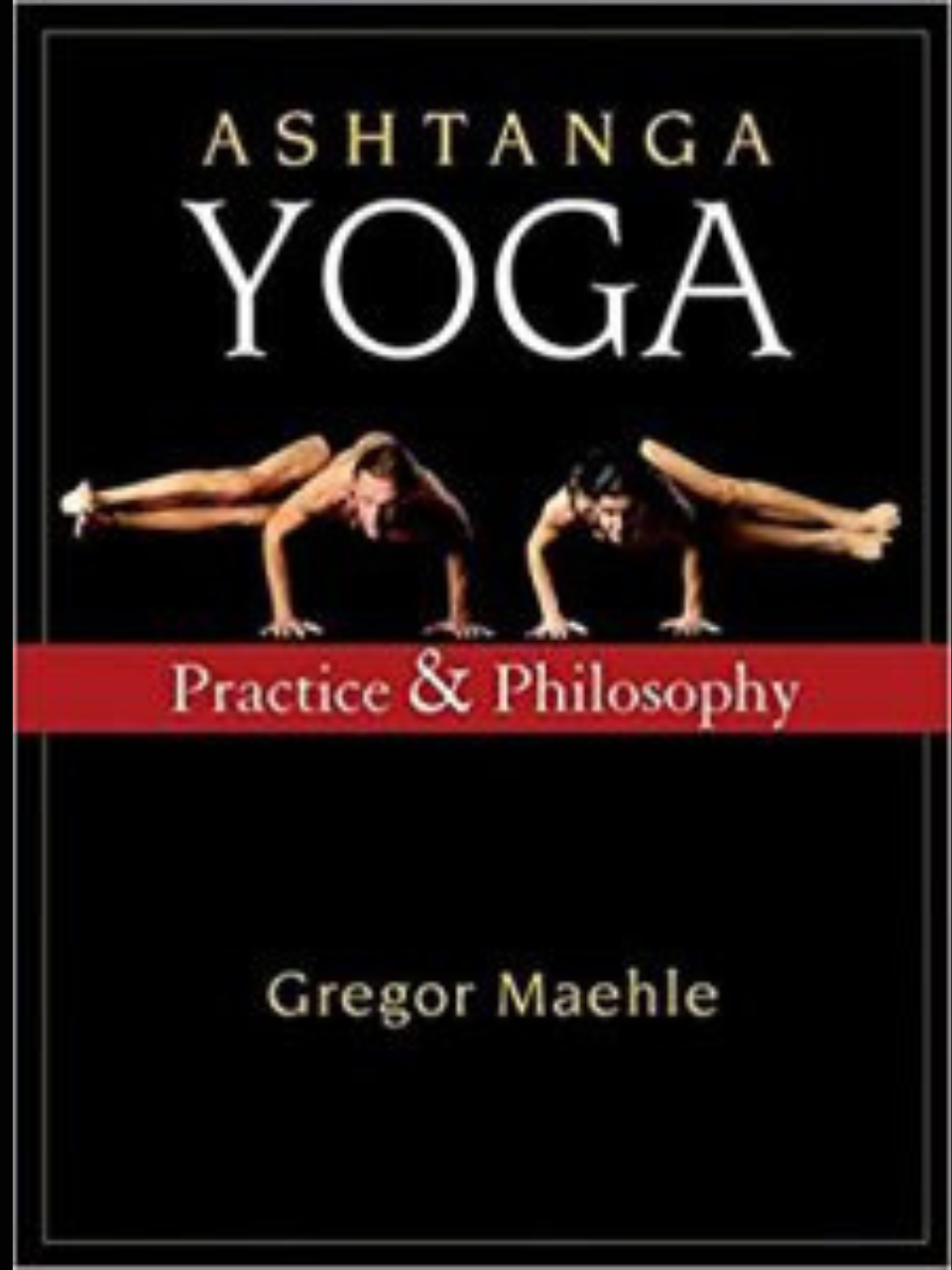Book Review: Ashtanga Yoga: Practice and Philosophy by Gregor Maehle
Introduction
Gregor Maehle’s Ashtanga Yoga: Practice and Philosophy is a comprehensive guide that dives deep into the traditional Ashtanga Yoga system. Unlike many books that focus solely on postures, Maehle expands on the eight limbs of yoga, incorporating breath control (pranayama), energetic locks (bandhas), gaze focus (drishti), and the philosophical foundation of the practice.
Having studied yoga since 1982 and practiced Ashtanga Yoga since 1990, Maehle brings decades of experience to this book, blending scholarly research with practical application. His detailed explanations and structured approach make this an essential resource for serious practitioners and teachers alike.
Summary
The book is structured into several key sections that address both the physical and philosophical aspects of Ashtanga Yoga:
Fundamentals – Covers the core elements of breath, bandhas, drishti, and vinyasa, explaining their crucial role in practice.
Asana: The Primary Series – Provides an in-depth breakdown of each posture in the Ashtanga Primary Series, complete with meticulous instructions, photographs, anatomical illustrations, and mythological context.
History and Lineage – Traces the origins of yoga and how Ashtanga Yoga evolved into its current form.
Philosophy: The Yoga Sutra – Presents a full translation of Patanjali’s Yoga Sutras with commentary, integrating classical teachings into modern practice.
Glossary and Biographies – Provides additional references and information about key figures in yoga history.
One of the book’s highlights is Maehle’s approach to the Yoga Sutras. Instead of presenting a dry translation, he brings the text to life with insightful commentary, drawing from traditional sources and his own understanding. His ability to bridge ancient wisdom with modern interpretation makes this book particularly valuable for those looking to deepen their knowledge beyond physical postures.
Analysis and Evaluation
Strengths:
Comprehensive Coverage of Ashtanga Yoga – The book doesn’t just focus on asanas but provides a well-rounded exploration of all eight limbs, making it a holistic resource.
Detailed Asana Instructions – The breakdown of each posture is meticulous, including breath counts, anatomical insights, and mythological stories, which add depth to the practice.
Engaging Philosophy Section – Maehle’s interpretation of the Yoga Sutras is accessible, making complex ideas easier to grasp for modern practitioners.
Balance of Theory and Practice – The book successfully integrates physical practice with spiritual teachings, helping readers understand yoga beyond movement.
Clear Structure and Visuals – The inclusion of photographs and anatomical illustrations enhances comprehension and practical application.
Weaknesses:
Advanced Content for Beginners – While the book is incredibly detailed, absolute beginners may find some sections overwhelming, particularly the philosophical discussions.
Focus on Traditional Approach – Maehle stays true to the classical Ashtanga method, which may not align with those who prefer a more modern or modified approach to yoga.
Personal Reflection
Having read Ashtanga Yoga: Practice and Philosophy, I can confidently say that it is one of the most in-depth resources available for those wanting to explore Ashtanga practice beyond the physical level. The book deepened my appreciation for the lineage and philosophy behind the practice, particularly in how it integrates movement, breath, and mindfulness as a complete system.
One of my favorite aspects was the discussion on bandhas and breath control. Maehle explains these elements in such a way that even subtle refinements in my practice led to noticeable improvements. Additionally, his breakdown of the Yoga Sutras provided a fresh perspective on classical teachings, making them feel more relevant and applicable to daily life.
Conclusion
Ashtanga Yoga: Practice and Philosophy is a must-read for serious Ashtanga practitioners, teachers, and those looking to explore yoga beyond just physical movement. Maehle’s expertise, combined with his structured and detailed approach, makes this book a valuable addition to any yoga library.
If you are committed to deepening your understanding of Ashtanga Yoga and its philosophical roots, this book is an excellent investment. While it may be dense for beginners, those with a foundational knowledge of yoga will find it to be an enriching and insightful read.
